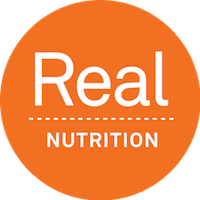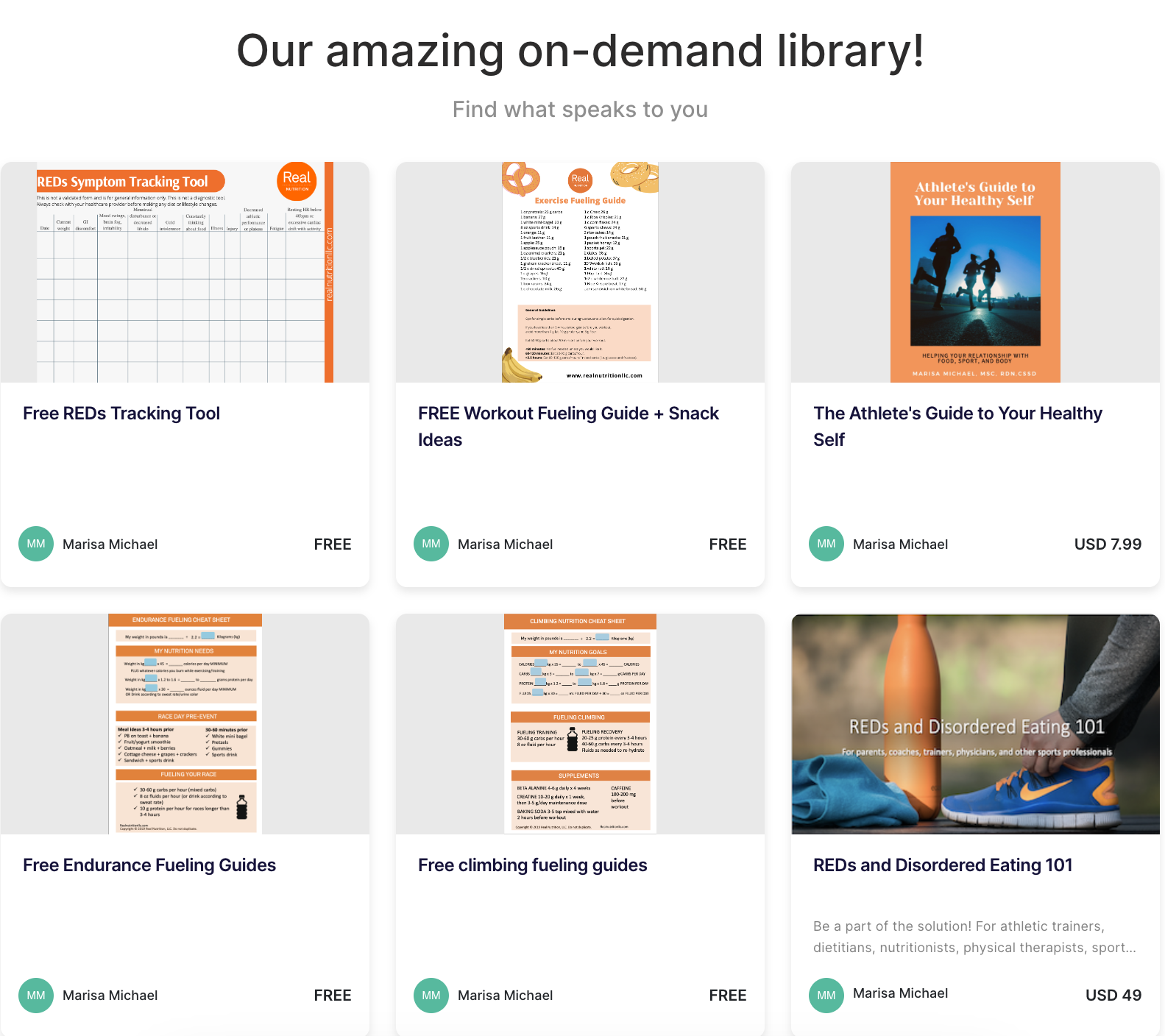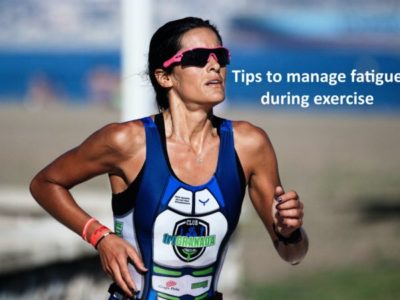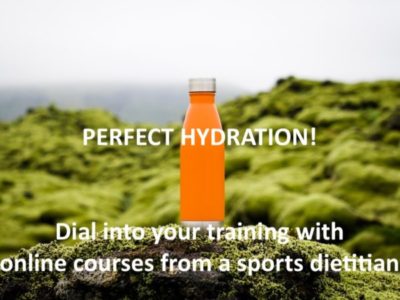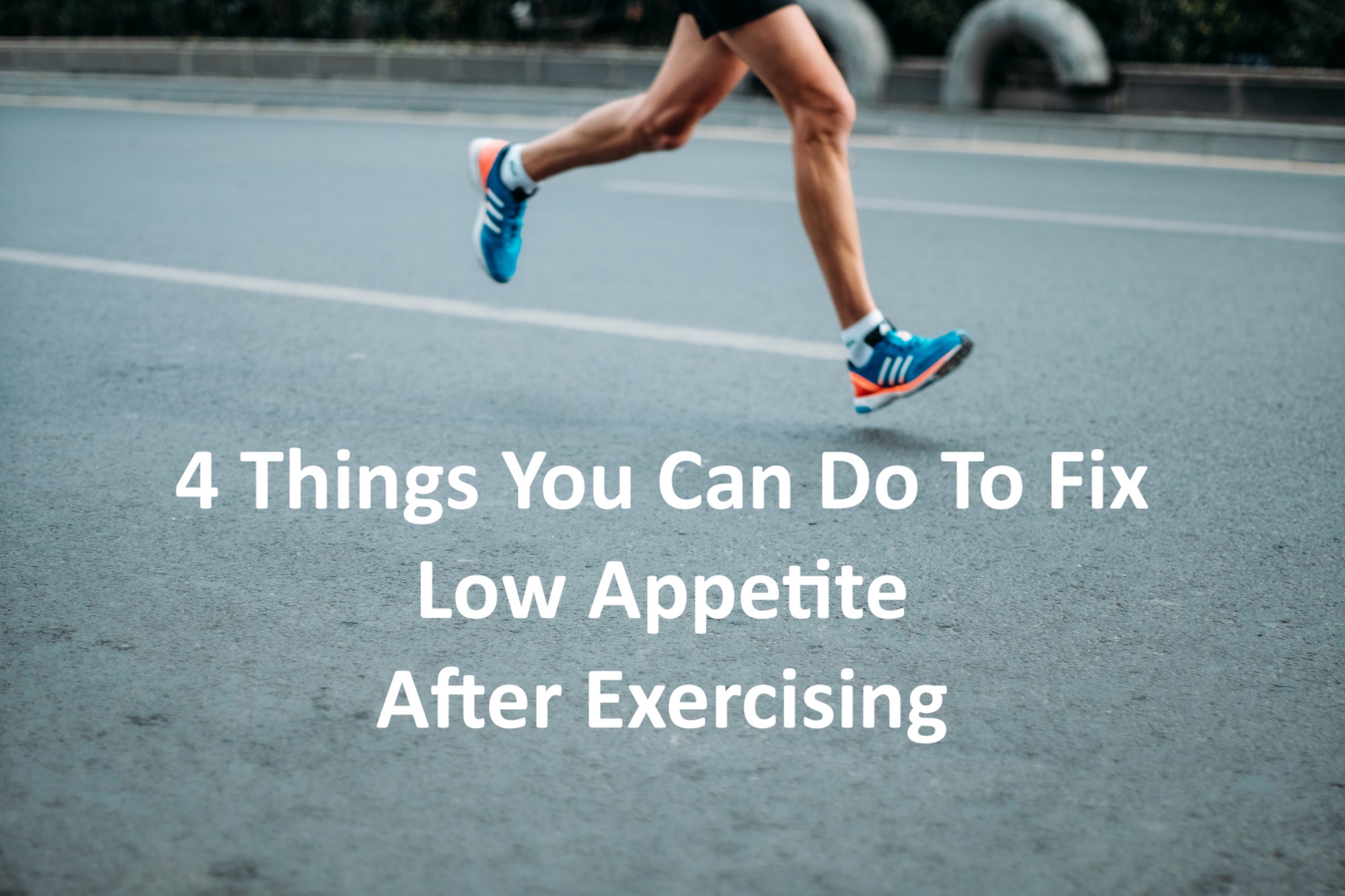
You train hard, you want to fuel right, but what happens if your appetite is too low? This is a common complaint among runners, cyclists, and other endurance athletes. It even happens with other athletes if they have a heavy training load. So if you know you need to re-fuel and recover, but don’t have the appetite to eat, what can you do?
Why is my appetite low after exercising?
First, it’s helpful to understand why you may have a low appetite. There is no one reason, and theories among sports nutrition researchers vary. It is likely due to a complex interaction between appetite regulation, appetite hormones, exercise hormones, and exercise adaptations.
Here’s a helpful post on feeling nauseated during exercise, and what you can do to fix it.
Usually people experience a suppressed appetite only temporarily for a few hours after exercise. This could be due to an elevated body temperature after exercise (especially exercise in the heat). It could also be from high concentrations of lactate. This will clear out with time and recovery. Low appetite may also be caused by a myriad of hormones and neuropeptides that all play a role in appetite regulation (such as leptin, gherkin, glucagon-like peptide-1, and pancreatic polypeptide).
Whatever the cause of your low appetite, it’s important to still eat! Recovery is essential for training and fueling your body. In fact, if you don’t get enough to eat, you are at risk for relative energy deficiency in sport (RED-S). Here are a few ways to manage low appetite caused by heavy exercise.
1: Drink your calories
It’s often easier to eat than drink when your stomach doesn’t feel great. Drinking calories during and after a training session can help you start the recovery process without having to eat food that you don’t feel like eating. Try things like:
- Sports drinks
- Chocolate milk
- Smoothies
- Protein shakes
- Fruit juice
- Soup
2: Pay attention to symptoms
Nausea: Sign of low blood sugar, and also dehydration. You may be bonking or dehydrated. Fueling before and/or during your workout. Nausea usually makes people NOT want to eat, but you actually need to eat to get through the nausea and help your stomach feel better.
Stomach cramping: Indicates you are not tolerating the food your body is trying to digest. Use low fiber, low protein, and low fat options. If you are using quickly-digesting carbs but they are still causing problems, you may be eating too much carbs or the wrong type of sugar. Different sugar molecules are absorbed with different transporters at varying rates in your intestine. Download our free fueling guide for ideas of what to eat before & during workouts.
Constipation: This definitely suppresses appetite in many people. If you’re trying to work out and eat enough, but feel constipated, be sure to clear your bowels before trying to really do a hard training session. To prevent it in the future, drink plenty of fluids and eat fiber-containing foods like nuts, seeds, fruits, vegetables, and whole grains.
3: Eat bland foods
Experiment with things like pasta, rice, cereal, bread, plain chicken, and toast. These things are usually well-tolerated and easy to get into your stomach when you’re feeling nauseated.
4: Keep a food and exercise diary
Keep track of symptoms to see if you can uncover a pattern. Maybe you only have a low appetite after a really long 2+ hour workout in the heat, and other times you’re fine. Maybe you discover that when you don’t eat before a workout, you feel terrible afterwards. Or hydration could play a role—-test your sweat rate, hydrate right, and see if that fixes the problem.
For females, track if the appetite changes are associated with your menstrual cycle. Apps like FitrWoman are super useful and have nutrition and training tips.
Bonus tip: Use high-calorie foods throughout the day
If you’re truly struggling to get enough calories to fuel your body and your training, eating high-calorie foods can help.
- Use butter, sauces, oils, dressings, etc. when cooking
- Drink your calories (right?!)
- Eat several small meals and snacks if three big meals seems overwhelming
- Swap lower calorie foods for higher calorie foods. If you usually eat yogurt, eat the 170 calorie yogurt, not the 70 calorie one.
And of course, seeing a sports dietitian can be super helpful to fine-tune your nutrition strategy. I’m available for virtual appointments.
You may also like our on-demand endurance fueling masterclass. If you’re struggling with low appetite after heavy exercise, remember these tips to help keep your body fueled and happy!
~This is general information only and not nutrition advice. Always consult with your healthcare professional before undergoing any diet or lifestyle change.
Check out our amazing nutrition resources, including on-demand courses, free downloads, and webinar replays.
- Nutrition for Climbers
- Endurance Fueling
- The Ultimate Guide to Useful Sports Supplements
- Ditch Diets and Become an Intuitive Eater
And be sure to follow us on Instagram!
Book an appointment with the dietitian
